2019-08-27
OECians Understand China From the Northeast
It started as a burning desire of living diversity as we shall not cease from exploration, and the end of all our exploring will be to arrive where we started and know the place for the first time. The shoes were boggled-up, belts were fastened up, shirts were buttoned up, commuters got on board and the vehicle headed up for Nanjing where we continued our journey.
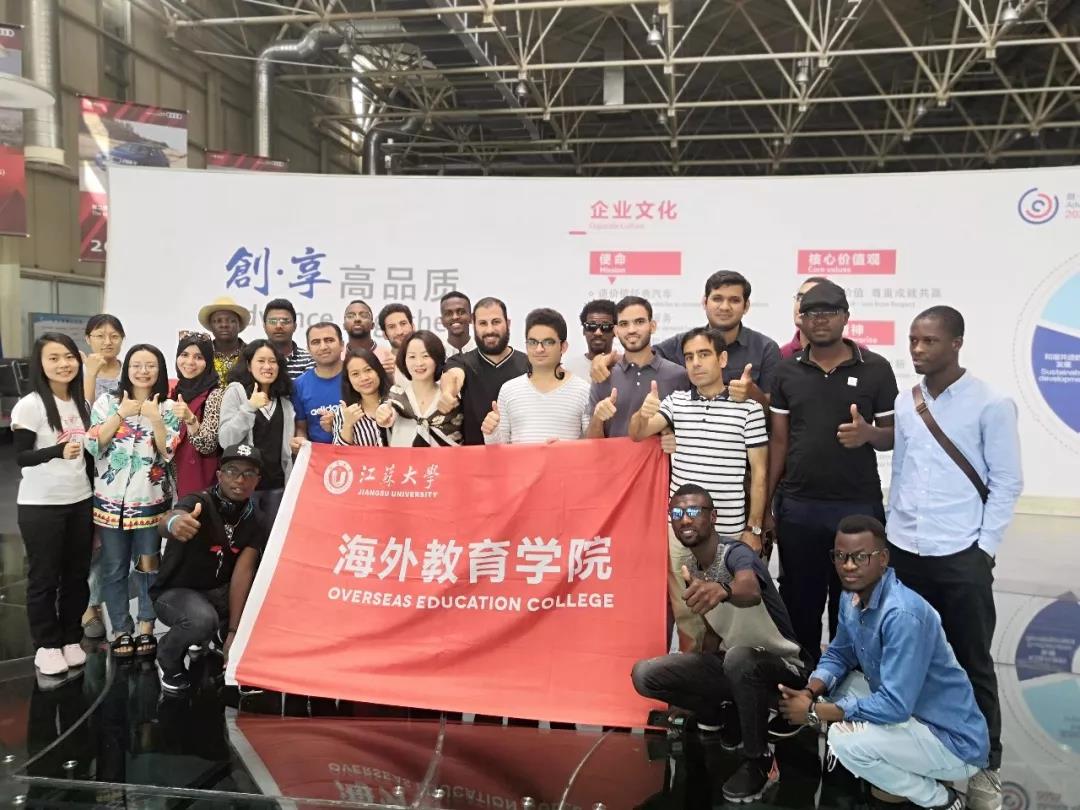 It's hard to know what China is like without actually exploring. Home to a fifth of the world's population, China has so much to offer for everyone and will be sure to provide a memorable experience. Don't take others' words for it, check it out for yourself! However, in recognition of the above statement, this trip accentuated on standards of giving us a wide range of experience by Understanding China and perceiving its Steps.
It's hard to know what China is like without actually exploring. Home to a fifth of the world's population, China has so much to offer for everyone and will be sure to provide a memorable experience. Don't take others' words for it, check it out for yourself! However, in recognition of the above statement, this trip accentuated on standards of giving us a wide range of experience by Understanding China and perceiving its Steps.

Friday 9th August, 2019 was a distinctive day scheduled for the historical visits by JSU foreign students led by OEC staff; Miss Cai (Vice Dean), Mr. Wang Bin, Shen Laoshi and Cao Laoshi to Liaoning and Jilin province located at Northeast of China. 22 international students from Ghana, India, Indonesia, Egypt, Pakistan, Bangladesh, Somalia, Cameroun, Angola, Malawi, Cape Verde, Nepal and DR Congo took part in this tour to better understand China.
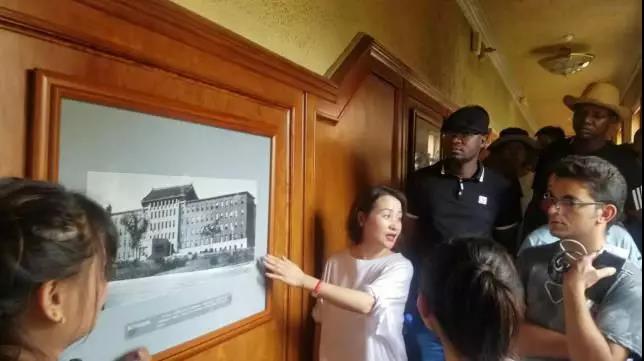
After the kind reception, students first visited Beiling Park which is known to be the largest park in Shenyang. They got to know that, construction of the mausoleum began in 1643 and ended after eight years. Zhaoling Tomb, aka Zhao Mausoleum, is located in Beiling Park. It is the mausoleum of Huang Taiji (Emperor Taizong) of the Qing Dynasty (1644-1911) and his queen Bo'erjijite. It was observed that, the first part of Zhaoling Tomb is between the Horse Dismounting Tablet and the Red Gate. The second part of Zhaoling Tomb is between the Red Gate and the Square City and the last part of Zhaoling Tomb is the main structure of the mausoleum which was built on the flat with a floor area of 160,000 square meters (39.5 acres).
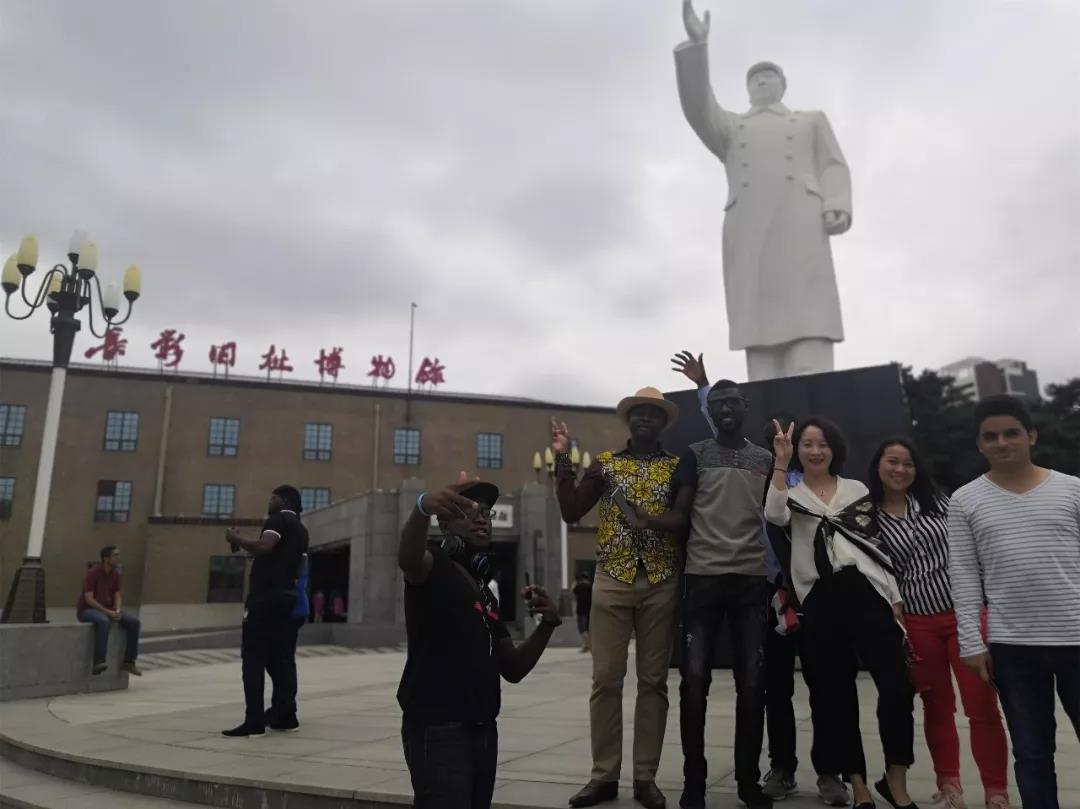
After perceiving the complex of Qing Dynasty buildings, on the third day, overseas students came to the Industrial Museum in Shenyang's Tiexi district. The Industrial Museum of China is a reconstruction and expansion of the existing Shenyang Tiexi Casting Museum and was listed as a national 4A tourist attraction in February 2017. It’s the largest comprehensive industrial museum in China, which fills the gap of domestic museums. The museum covers 80,000 square meters with a floorage of 60,000 square meters. Housing more than 30,000 cultural relics dating back over 4,000 years, it also functions as a research base for industrial culture and historic Chinese industrial materials. The creation of the Industrial Museum can be said to pay tribute to Shenyang, a heavy industrial city that has made enormous contributions to the construction of New China.
They further went to Liaoning Provincial Museum which is depicted to be a prominent museum of history and fine arts located in Shenyang, the capital of China's Liaoning province. The Northeast Museum went under preparation got completed and opened to the public on July 7, 1949 and the name was then changed into the Liaoning Provincial Museum in 1959.
Students were taken round to observe the collections in this museum which is categories of painting and calligraphy, embroidery, copper ware, lacquerware, ancient map, coins, inscription on bones or tortoise shells, pottery and porcelain, cloisonné, sculpture, tablet inscription, furniture, costumes, archeology, relics of minority groups, revolutionary relics and ancient extinct animals and plants, of which 173 are Class One collection. The collections mainly come from three resources, namely, the small number of collections left from the Fengtian Museum of the puppet regime, the historic relics collected during the Liberation War of the Northeast and the articles collected and unearthed after the founding of the New China.
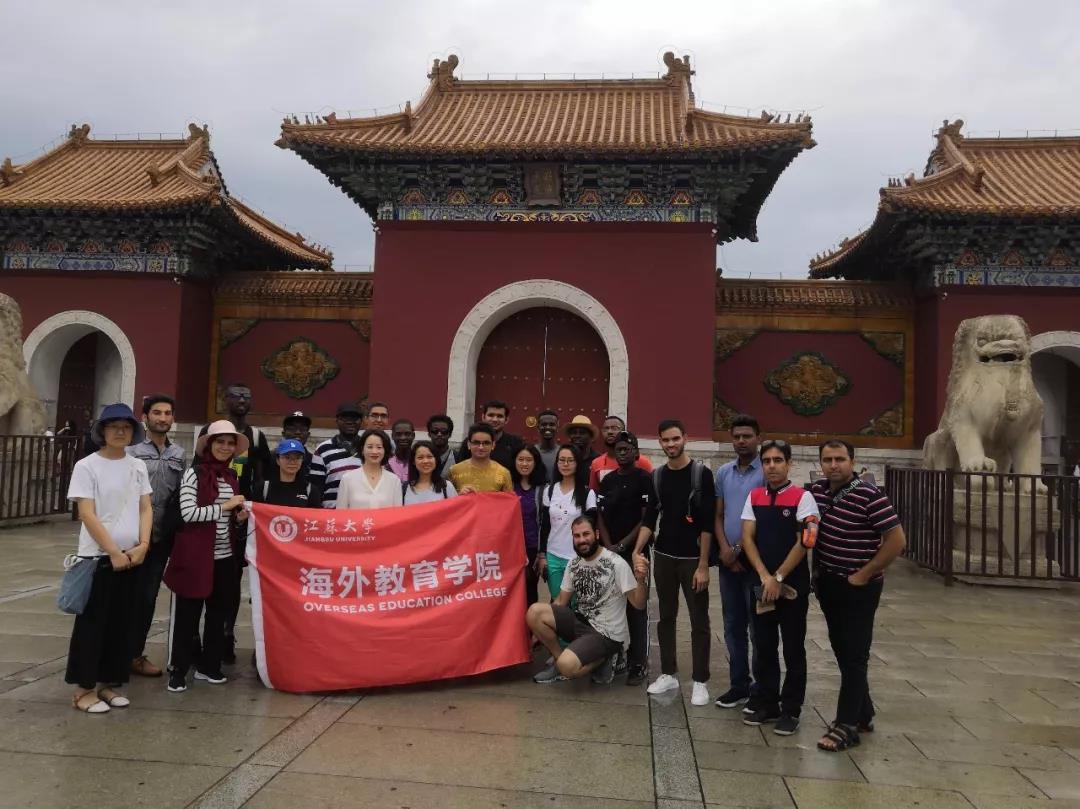
After a 2-day tour full of knowledge acquisition about China as well as exposing foreign students to Chinese Ancient History and Culture in Liaoning Province. On the next day, students further embarked on the tour to Jilin Province-Changchun City to be precise in Northeast China. They began the tour by first visiting the Museum of the Imperial Palace of the “Manchu State/Manchukuo”. From 1932 to 1945, it once served as the residence of China's last emperor Puyi and the head office of puppet Manchukuo set up by the Japanese Army intruding into the Northeast of China.
The exhibits in the Museum of the Imperial Palace of Manchukuo have been set up in three sections: a display relating to the colonial state; a subject exhibition and finally, a display illustrating the daily lives of the Emperor and his concubines. The inner palace was occupied by the Emperor and his concubines. For instance, the Emperor Puyi and the Empress Wan Rong once resided in Jixi mansion. The Museum of the Imperial Palace of Manchukuo is also a research center dealing with the history of the Japanese invasion of China and the Manchu State. In a sense, this museum provides excellent patriotic education.
Still in the second half of the perception of China, the students went to China First Automobile Group Co., Ltd. Changchun FAW-Volkswagen Automotive Co., Ltd, founded in 1953 and put into operation in 1956, manufactured the first Jiefang truck in New China. Production has evolved from a single brand and product at the time of FAW-VW’s founding to now include two major brands, Audi and VW. Today, production covers 16 series of Class A, B and C passenger vehicles to encompass a wide range of price points, one of the broadest in China’s auto industry.

Students understood that, the establishment of FAW has opened up a new history of China's automobile industry, witnessed the development of China's automobile industry, and made Changchun the cradle of the new China's automobile industry. With more than 60 years of industrial manufacturing mileage, FAW China has become a new industrial tourist area that understands the history of automobile development in New China, experiences modern automobile production process, and feels automobile culture. Overseas students from JU came to the FAW Red Flag Cultural Exhibition Hall to witness the elegance of China's early self-production of automobiles.
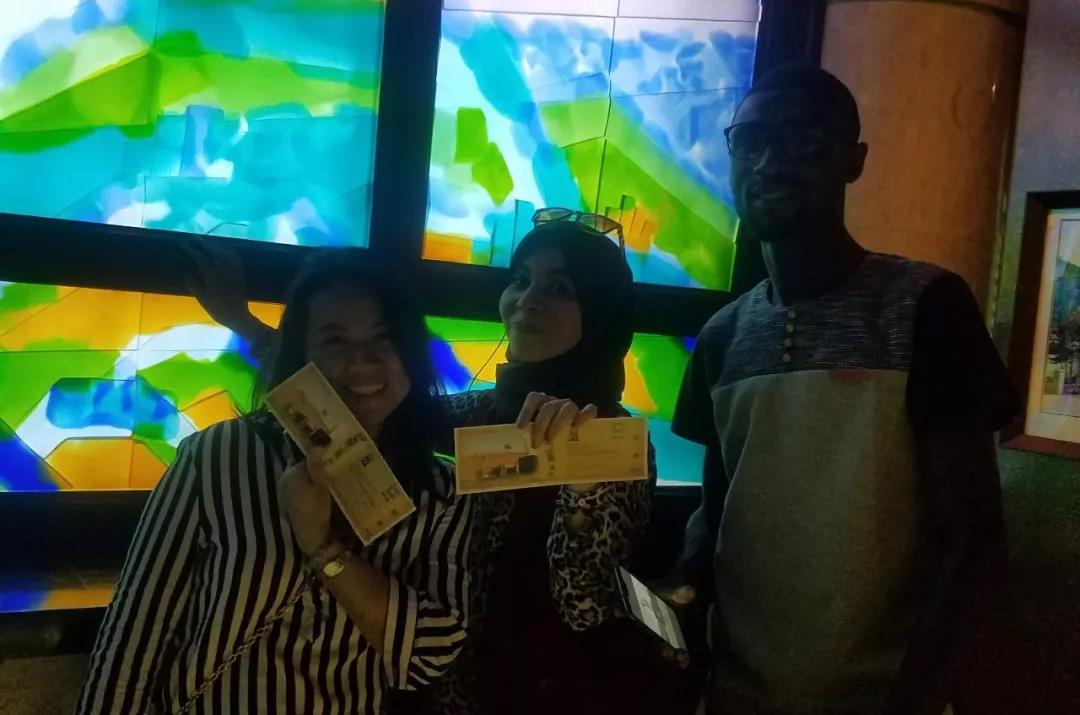
As part of this educative trip, the students payed their last visit to Changchun Film Group Center and Jilin Province Science & Technology Culture Center. As the capital city of Jilin Province, Changchun is blessed with many fantastic natural and historical attractions hence the need to visit the above-mentioned sites. Jilin Provincial Museum exhibits glorious stories of Chinese heroes during the Anti-Japanese War (1937 - 1945). The heroes struggled courageously against Japanese aggressors in northeast China and sacrificed their lives for the liberation of their motherland. These stories reflect an unyielding and sublime spirit. These historical sites hold special displays of different themes. With its variety of relics, the museum attracts a constant flow of visitors from both home and abroad.

During the seven-day trip to the Northeast, all overseas JU students who took part in the study tour witnessed the marks left by the historical changes and realized the pulse of the times and destiny. Overseas students from JU said that during the week-long trip, they witnessed the fruits of China's economic boom after the opening of the reform and opening-up curtain, and they also felt the rapid development of China in the midst of time. The students further unveiled that, the trip really gave them a wide range of experience by understanding China and Perceiving its Steps. In fact, it was full of knowledge acquisition about the prospects of China as well as exposing them to Chinese Ancient History and Culture.
The trip was successful and all participants expressed their excitement and hope to have more of similar visits in future due to its uniqueness and exposure. It’s our burning desire to disclose our special and profound gratitude to OEC for giving us this boundless opportunity to partake in such a research tour. Also, much appreciation to Miss Cai (Vice Dean), Mr. Wang Bin, Shen Laoshi and Cao Laoshi for their lovely support and efforts upon us throughout the trip. Thank you!
Contact Us
08:30-11:30 | 14:00-17:00
Admissions Office: +86-511-88792366
Students' Affairs: +86-511-88792566
Teaching Affairs: +86-511-88792216
No. 301 Xuefu Road, Zhenjiang, Jiangsu P.R. China 212013




